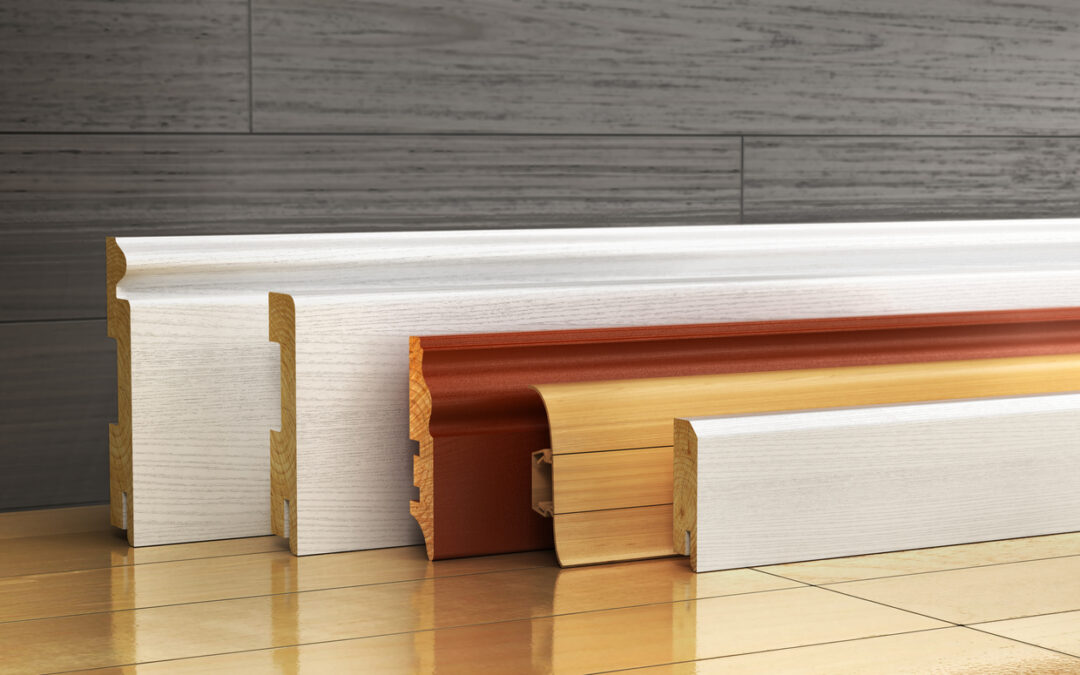Are you renovating your home or planning a fresh interior design? The baseboard trim is often overlooked yet crucial to any room’s aesthetic appeal. These humble elements provide a finishing touch and serve functional purposes like covering gaps and protecting walls.
Choosing the suitable material for your baseboard trim can significantly affect style and durability. Keep reading and join us as we explore various materials and their benefits to help you make an informed decision.
Understanding the Importance of Baseboard Trim
Baseboard trim isn’t just about aesthetics; it’s a practical solution that enhances the overall look of your interior. It covers the joint between the wall surface and the floor, adding depth and visual interest to any room.
Additionally, baseboards protect walls from kicks, scuffs, and furniture abrasions, making them essential to home maintenance.
Comparing Materials for Baseboard Trim
When selecting baseboard trim, consider the following materials and their unique advantages:
1. Wood
Wood is a popular baseboard trim choice due to its classic look and versatility. It can be stained or painted to match any interior style, from traditional to modern. Oak, pine, and poplar are standard wood options offering distinct grains and textures. Wood baseboards are durable and can withstand wear and tear with proper maintenance, making them ideal for high-traffic areas.
2. MDF (Medium Density Fiberboard)
MDF is engineered wood from wood fibers bonded with resin under heat and pressure. It’s a cost-effective alternative to solid wood, offering a smooth and consistent surface that’s easy to paint. MDF baseboards are less prone to warping or shrinking than natural wood, making them a reliable choice for environments with fluctuating humidity.
3. PVC (Polyvinyl Chloride)
PVC baseboards are crafted from plastic polymer, offering exceptional moisture resistance and durability. They’re ideal for moisture-prone areas, such as bathrooms and kitchens, as they won’t warp or rot. PVC baseboards are also lightweight and easy to install, making them convenient for DIY projects.
4. Vinyl
Vinyl baseboard trim resembles PVC but often comes in flexible rolls or rigid strips. It’s exceptionally durable, easy to clean, and resistant to scratches and dents. Vinyl baseboards are ideal for curved walls or irregular surfaces requiring flexibility. They come in various colors and finishes, allowing easy customization to match any decor style.
Benefits of Choosing the Right Baseboard Trim Material
- Enhanced Aesthetics: The proper baseboard trim material can complement your interior design, whether you prefer a rustic charm or a sleek, modern look.
- Durability: Selecting a durable material ensures that your baseboards withstand daily wear and maintain their appearance over time.
- Maintenance: Different materials require varying levels of upkeep. Choose one that fits your lifestyle and maintenance preferences.
- Cost-effectiveness: Consider the initial cost and long-term maintenance requirements when selecting baseboard trim materials.
Choosing the Perfect Material for Your Home
When deciding on the best baseboard trim material for your home, consider your budget, the room’s function, and style preferences. Whether you prioritize aesthetics, durability, or ease of maintenance, there’s a baseboard trim material that meets your needs.
Take the Next Step with Premium Painting
So, what are you waiting for? Are you ready to elevate your home’s interior with the perfect baseboard trim? If so, contact Premium Painting at 352-888-4989 for a complimentary consultation and estimate.
Our team of experts is here to guide you through the selection process and ensure your home’s baseboards are as beautiful as they are functional. Don’t wait—transform your space today with Premium Painting!


Recent Comments